India / Bhārat Gaṇarājya – Let’s explore here
What’s it like in India?
India is a stunning and massive country, which now has the highest population on earth, at 1½ billion people (2024). The population of the metropolitan area of the capital, New Delhi, is 28½ million people (2023).
It’s an incredibly diverse sub-continent, having the huge Himalayan mountain range in the north and the Thar desert in the north west. In the south there are vast plains, further massive mountain ranges, and an endless coastline. The highest point is Kangchenjunga, in the north east of the country, on the border with Nepal, at 28,169 ft (8,586 m) above sea level.
Our experience of visiting India was that it was more of an adventure than a holiday or a tour – it really did feel like an assault on our senses! The noise levels, the incredibly strong smells (both lovely and not so lovely!), the depth of colours – just amazing! We would highly recommend it – though prepare yourself beforehand! It really is incredible to behold!

A bit about the history of India
Ancient Civilisations
India has one of the oldest civilisations in the world, with early urban cultures such as the Indus Valley Civilization (c. 3300–1300 BC). This civilisation, centered around cities like Harappa and Mohenjo-Daro, is known for its advanced urban planning, drainage systems and trade networks. After the decline of the Indus Valley, India saw the rise of the Vedic period (c. 1500–500 BC), during which the foundations of Hinduism, social hierarchies and Sanskrit language were established.
Maurya and Gupta Empires
By the 3rd century BC, India was unified under the Maurya Empire, founded by Chandragupta Maurya. The most famous Mauryan ruler, Ashoka, expanded the empire across the Indian subcontinent and embraced Buddhism after witnessing the devastation of war. Following the decline of the Maurya Empire, the country saw the rise of the Gupta Empire (c. 320–550 AD), often regarded as a ‘Golden Age’ of Indian culture, science and art. The Guptas made significant contributions to mathematics, astronomy and literature.
Medieval Period and Muslim Invasions
From the 7th century onward, India experienced a series of invasions from various Muslim rulers, leading to the establishment of Muslim sultanates in northern India, such as the Delhi Sultanate (1206–1526). The Mughal Empire, founded by Babur in 1526, became the most prominent Muslim dynasty in India. The Mughals ruled much of India from the 16th to the 19th centuries, with rulers like Akbar the Great promoting religious tolerance and cultural exchange.
British Colonial Rule
In the 17th century, the British East India Company began trading in India, and over time, it expanded its control over large parts of the subcontinent. By the mid 19th century, the British government took direct control, establishing the British Raj (1858–1947). Under British rule, India was economically exploited, and the local population endured severe social, political and economic hardships. British rule also brought modernisation in infrastructure, education and law, but at the cost of local autonomy.
Indian Independence Movement
The British Raj sparked widespread discontent, leading to the Indian independence movement. Leaders like Mohandas Gandhi, Jawaharlal Nehru, and Subhas Chandra Bose became prominent figures in the fight for freedom. Gandhi’s philosophy of nonviolent resistance, or satyagraha, gained widespread support and played a pivotal role in the independence movement. After decades of struggle, India gained independence from Britain on August 15, 1947, but the country was divided into two separate nations: India and Pakistan.
Post Independence Era
Following independence, India became a republic in 1950, adopting a democratic constitution. Jawaharlal Nehru became the first prime minister, leading the country through early nation-building efforts, including industrialisation, land reforms and a focus on secularism. The country also faced challenges such as poverty, communal tensions and territorial disputes, particularly with Pakistan over the Kashmir region.
Economic Growth and Globalisation
In the late 20th century, India began to embrace economic reforms. In 1991, the government opened the economy to global markets, moving from a state controlled model to a more market oriented approach. These reforms spurred significant economic growth, transforming India into one of the world’s largest economies, with sectors like information technology, services and manufacturing playing vital roles. However, economic inequality and poverty remain persistent challenges.
Modern India
Today, India is the world’s largest democracy and one of the fastest growing economies. It is a prominent player on the global stage, with influence in areas like technology, space exploration and geopolitics. However, the country still faces ongoing issues such as regional tensions, environmental degradation, religious and ethnic divisions, and poverty. Despite these challenges, India continues to play a key role in global affairs and is seen as a rising power in the 21st century.

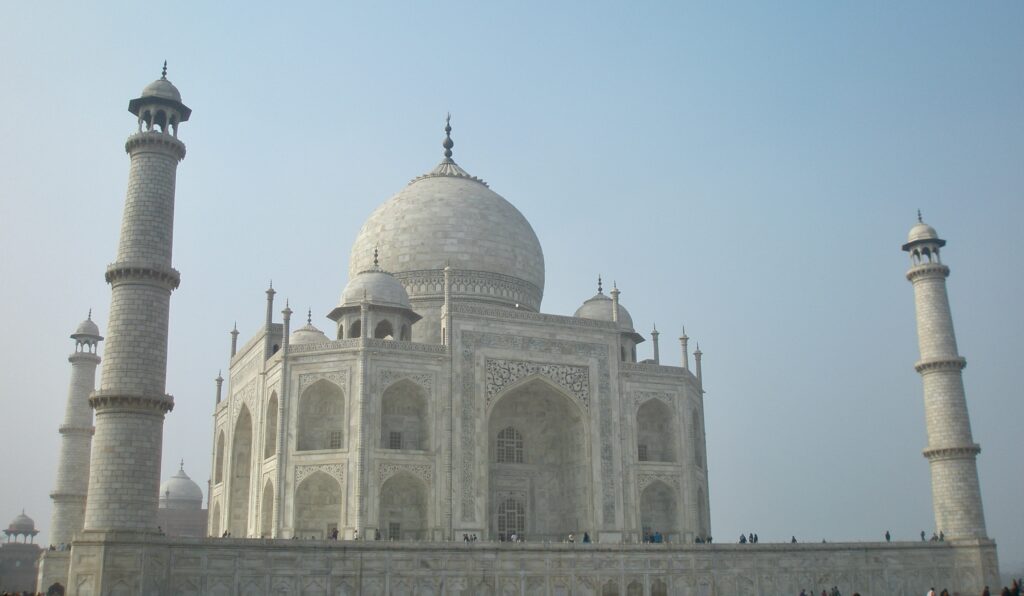
India road trip
Map of India
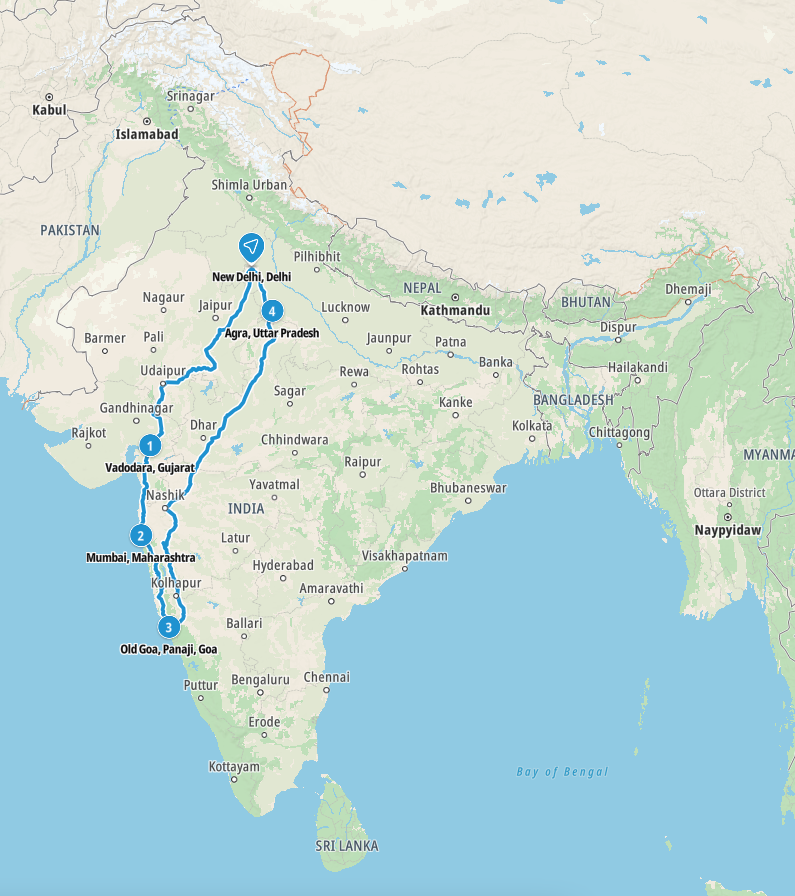
This is a map of the road trip that we took through India. Our route took us from New Delhi – Vadodara – Mumbai – Goa – Agra – New Delhi
Our favourite places in India
These are some of the best places that we explored on our road trip through India. We’ve put them in alphabetical order.
Agra
Agra is home to one of the wonders of the world, the magnificent Taj Mahal, built between 1632 and 1648 by Shah Jahan in remembrance of his wife. No picture can do the buildings justice, they simply blow you away in reality. They’re definitely one to add to your bucket list.
The city itself is located about 150 miles south of the capital New Delhi, and is home to around 1½ million people (2010). The whole city oil much calmer than the capital, and is well worth a visit. We visited in mid January and it was foggy in the capital. By the time we got to Agra luckily the mist and fog had started to clear. There are many restaurants and cafes in Agra to suit all tastes – the city is well set up for tourism – as would be expected.

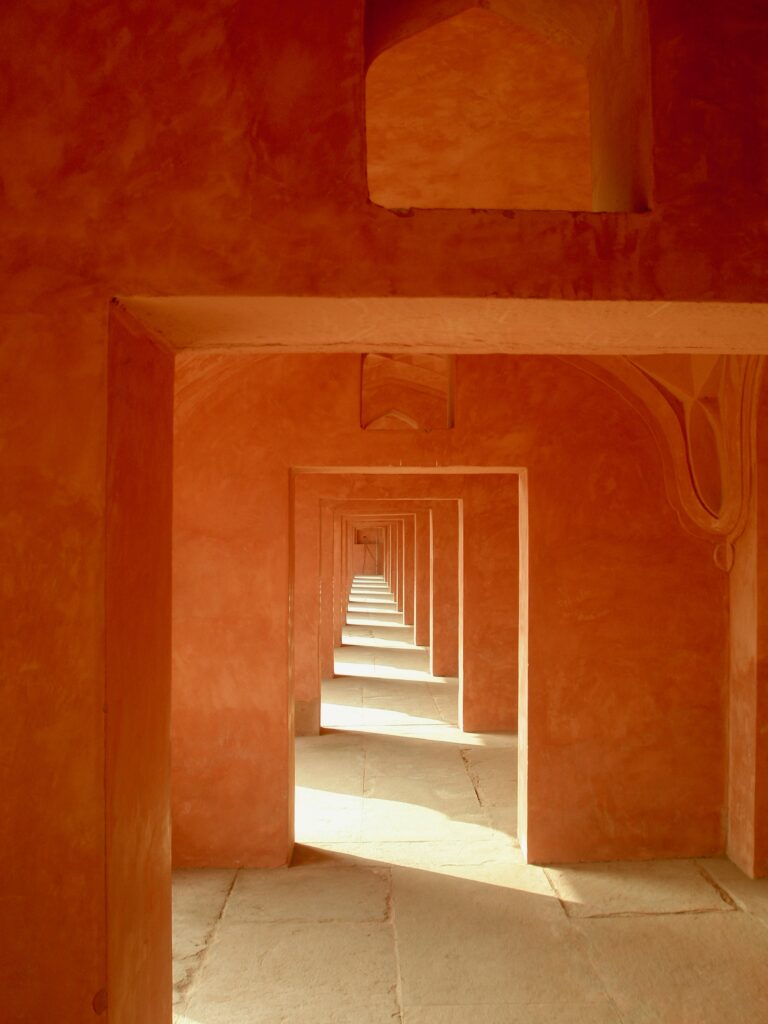
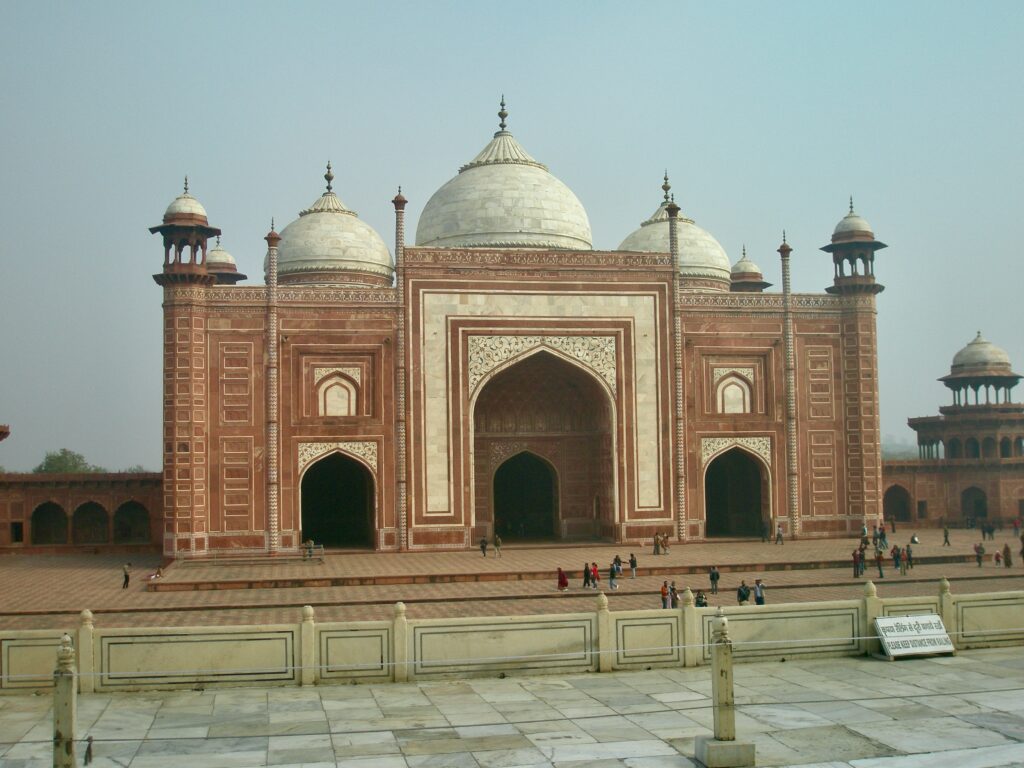
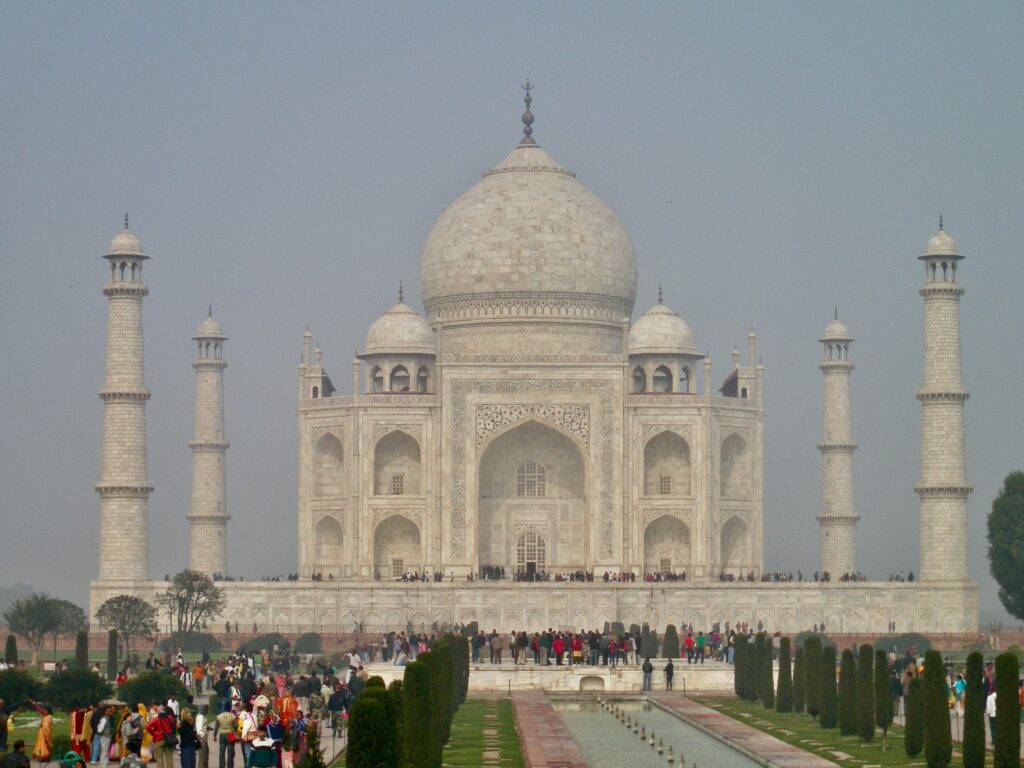
Goa
Goa is a beautiful coastal state in south west India with a population of around 1½ million people. It has the highest wealth per capita in India.
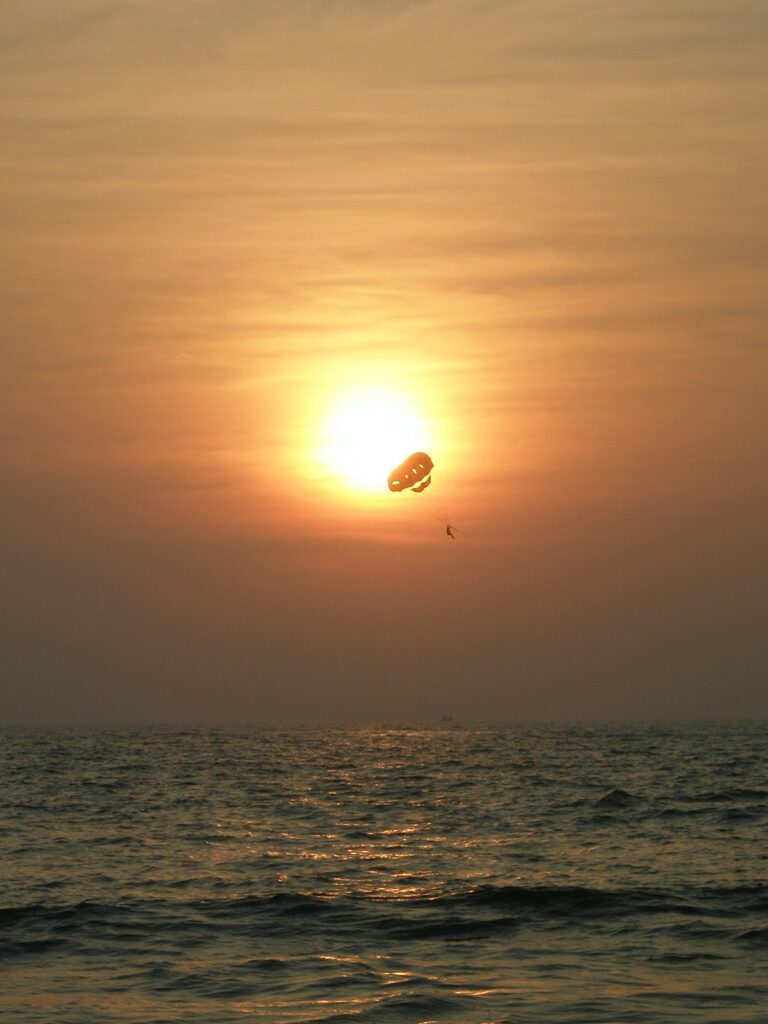




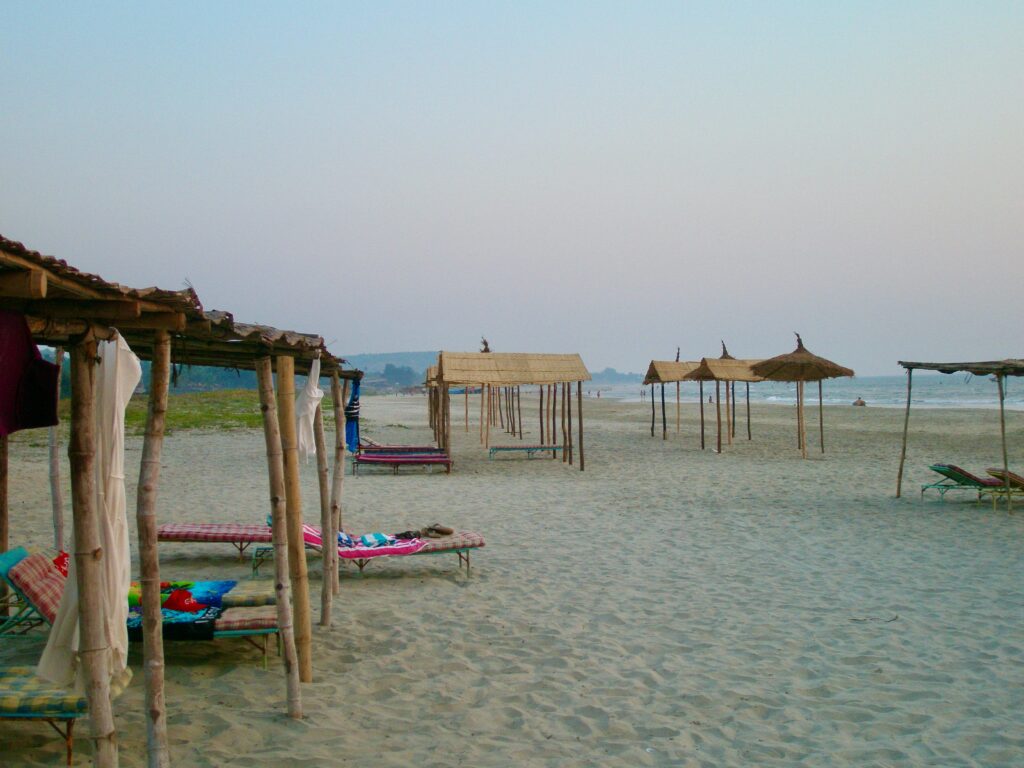

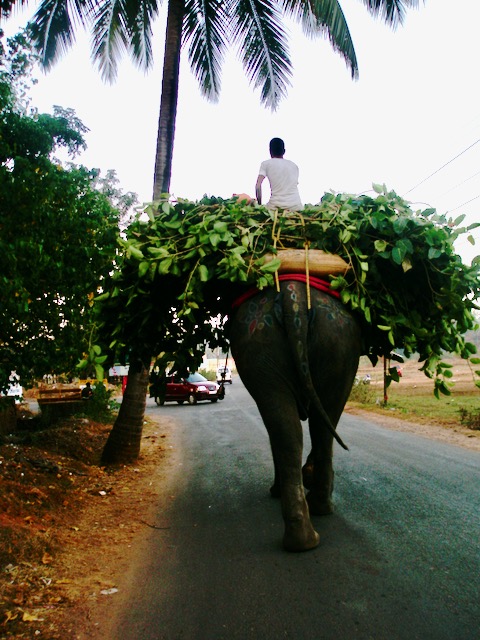

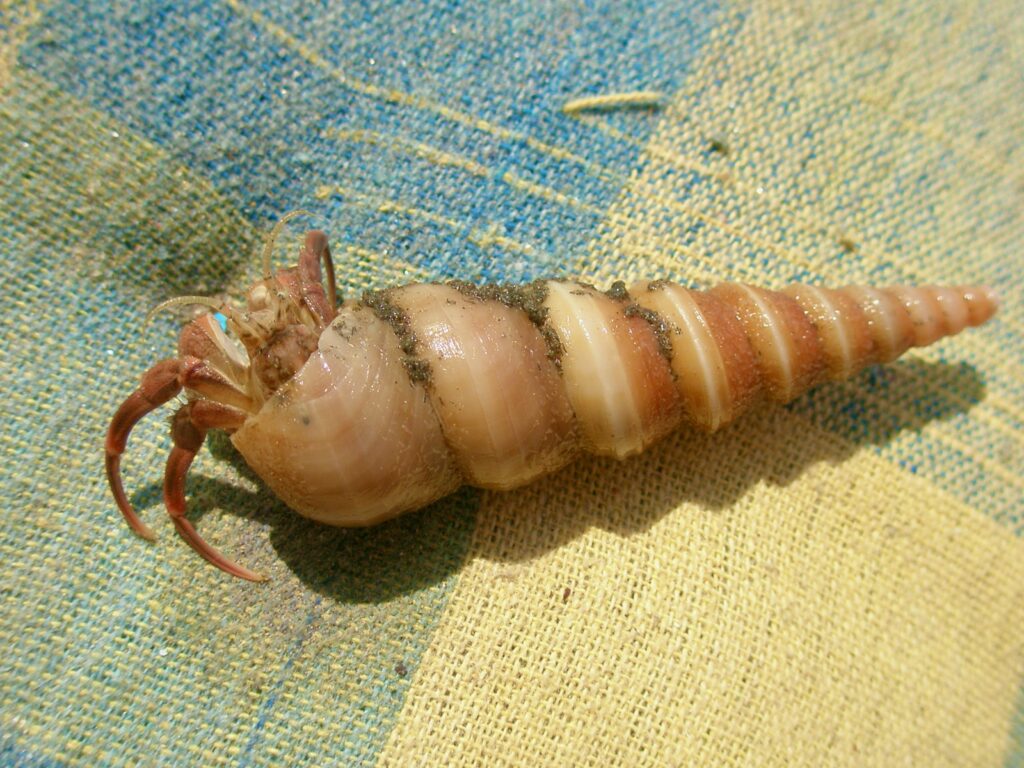
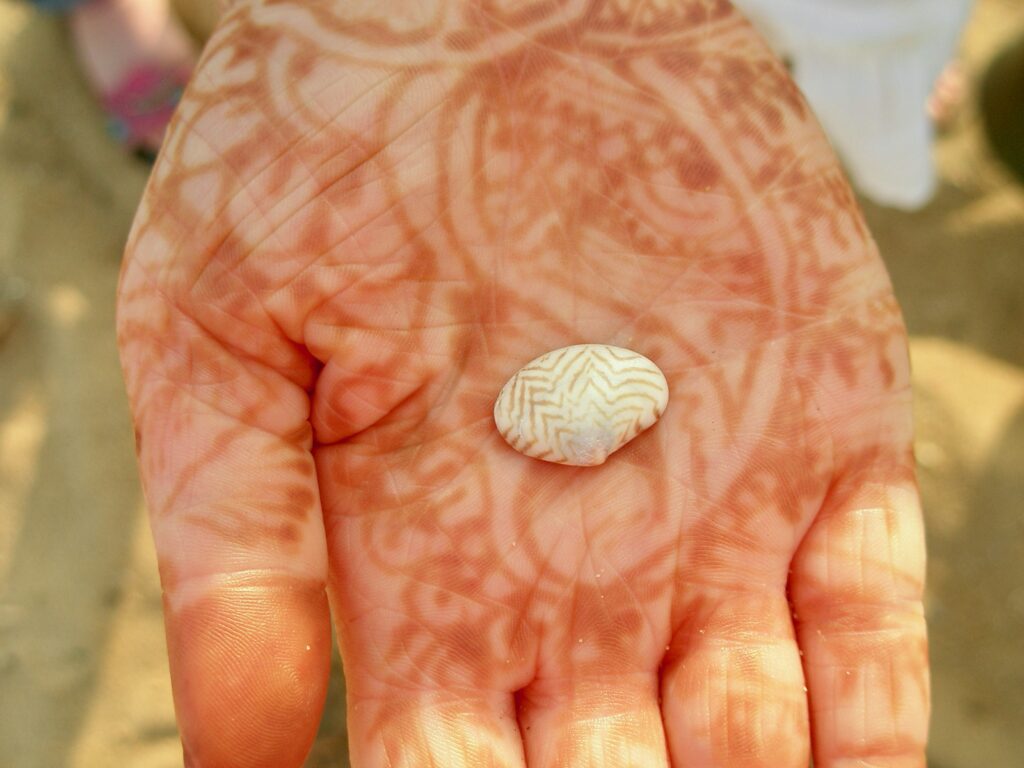



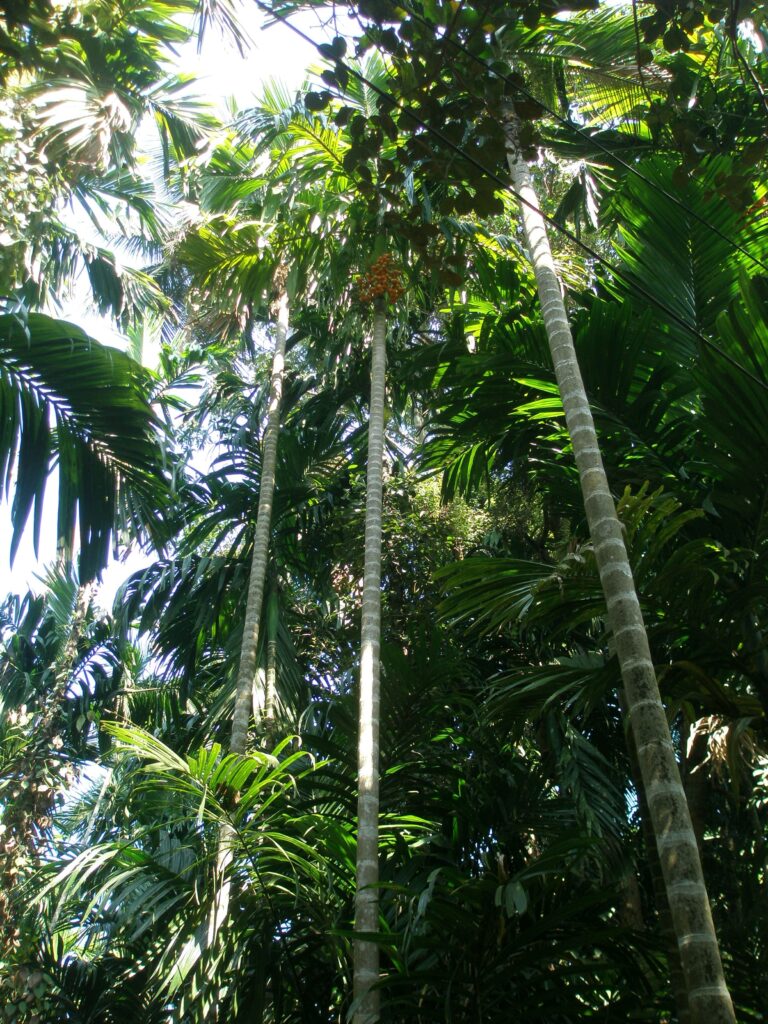




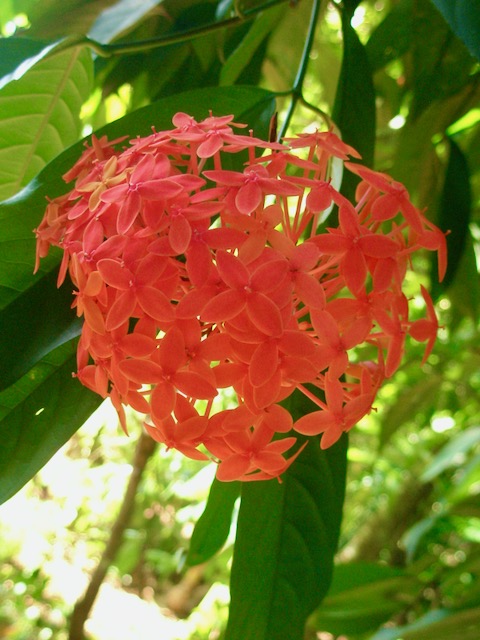


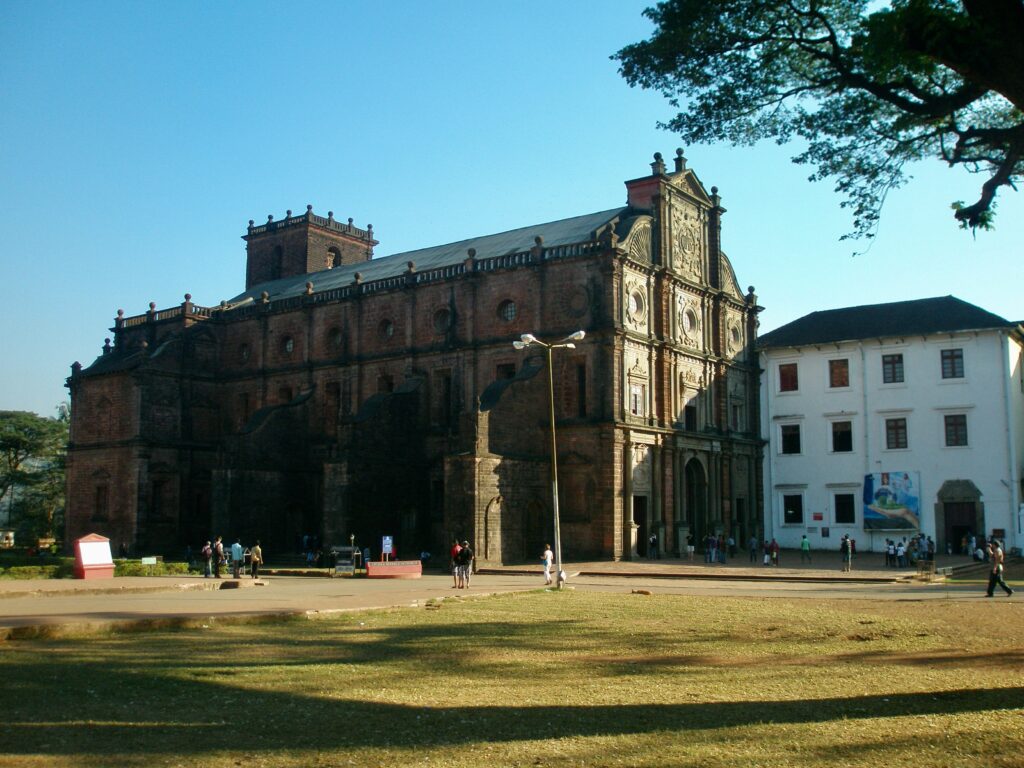
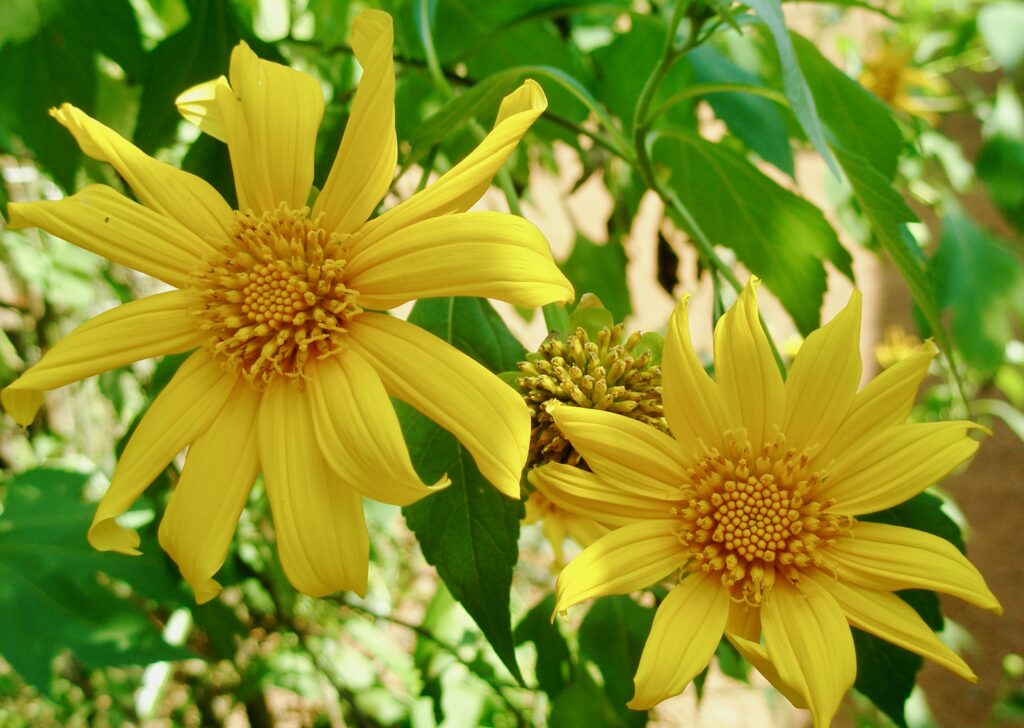
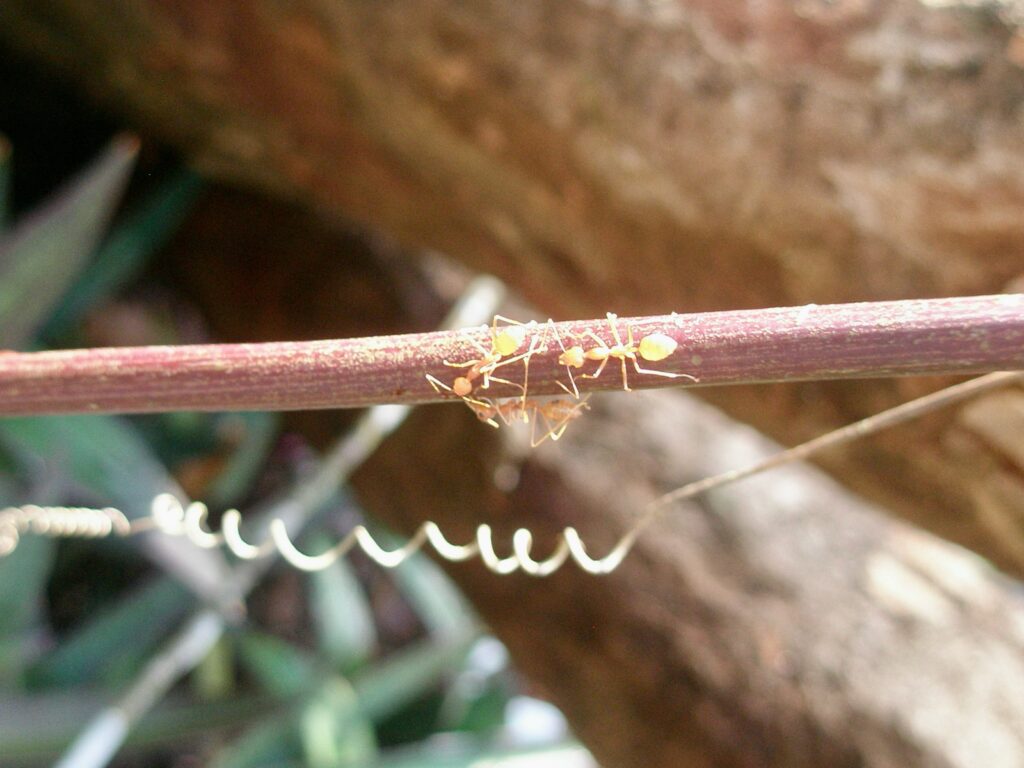


New Delhi
New Delhi is the capital of India, and is home to almost 30 million people (2023). Much like many capital cities, it is clear to all that there is a very large disparity in wealth between the inhabitants. Despite India being one of the fastest growing economies in the world, it is also one of the most unequal countries, and large scale poverty is rife.
The craziness of the country also seems to be more concentrated in New Delhi. Upon arrival we were literally in a minor state of shock, despite all of our preparation – it’s worth noting that this mustn’t be underestimated!
That said, New Delhi is full of very friendly people, and is a stunning place to visit.
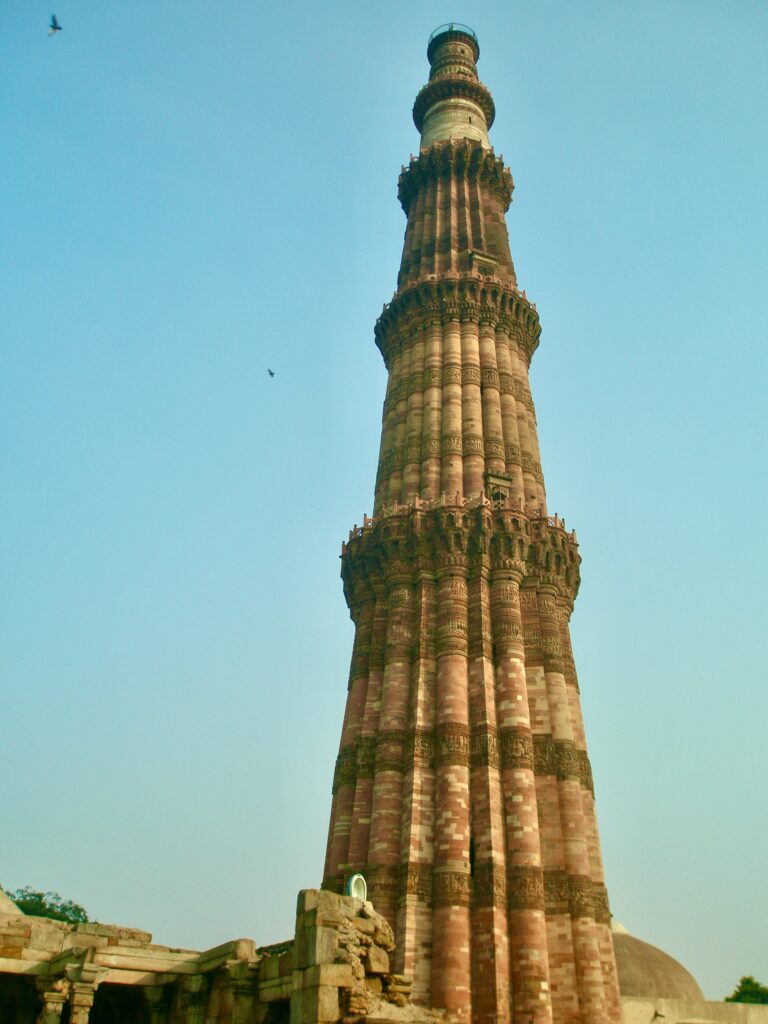


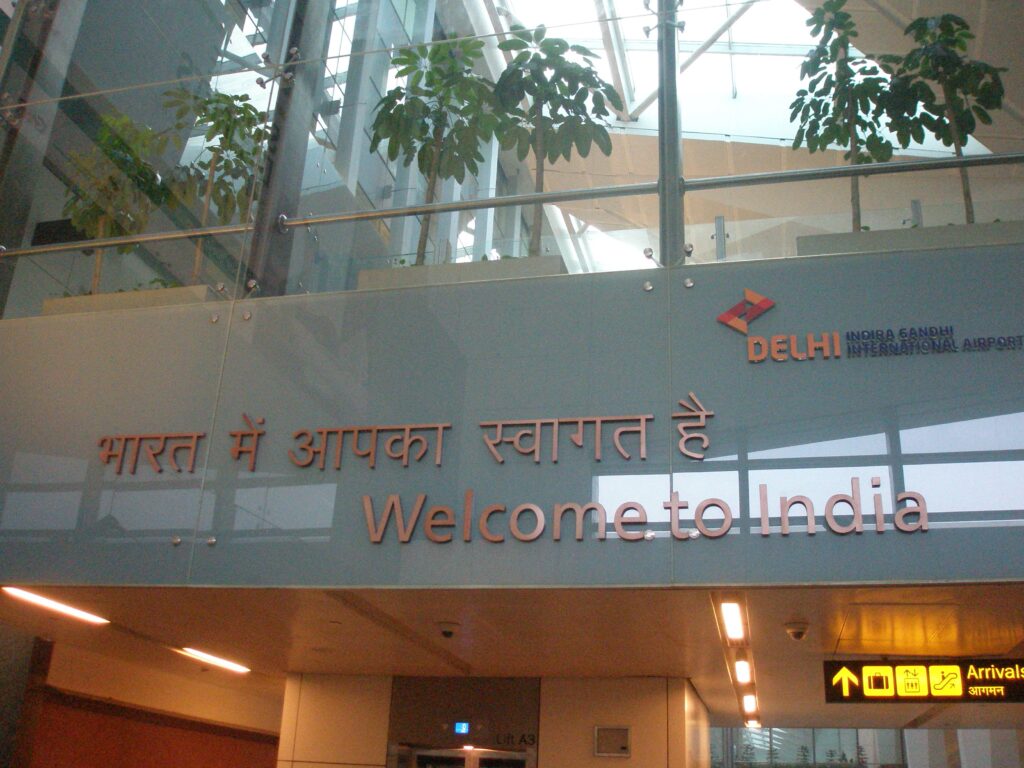
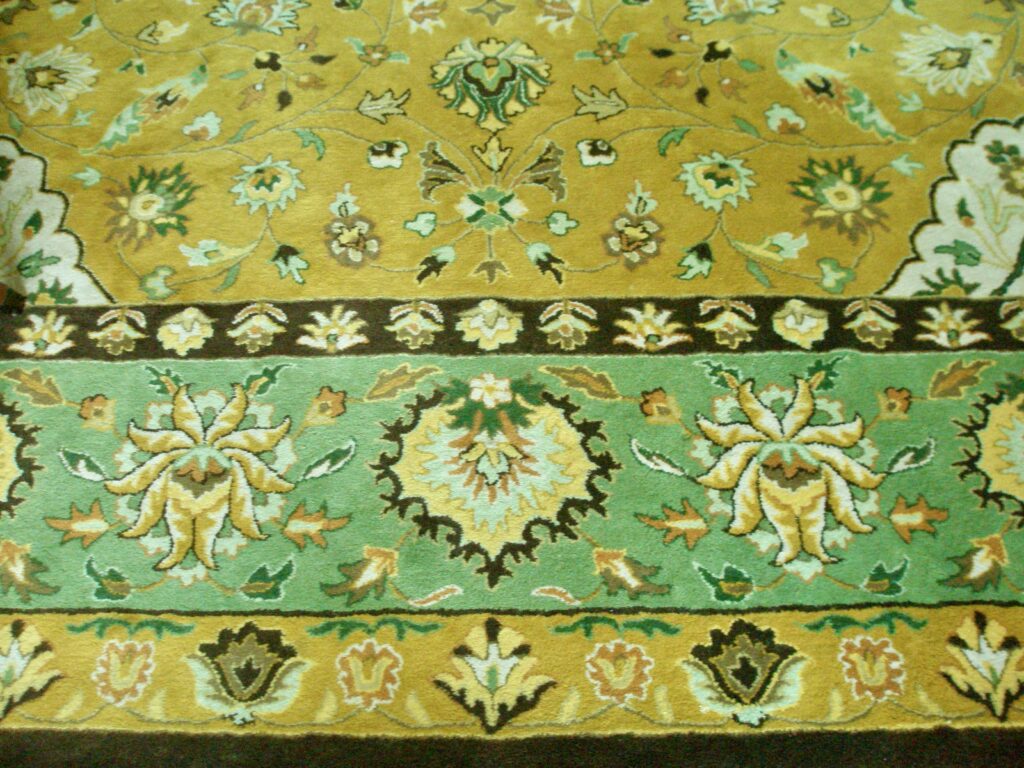



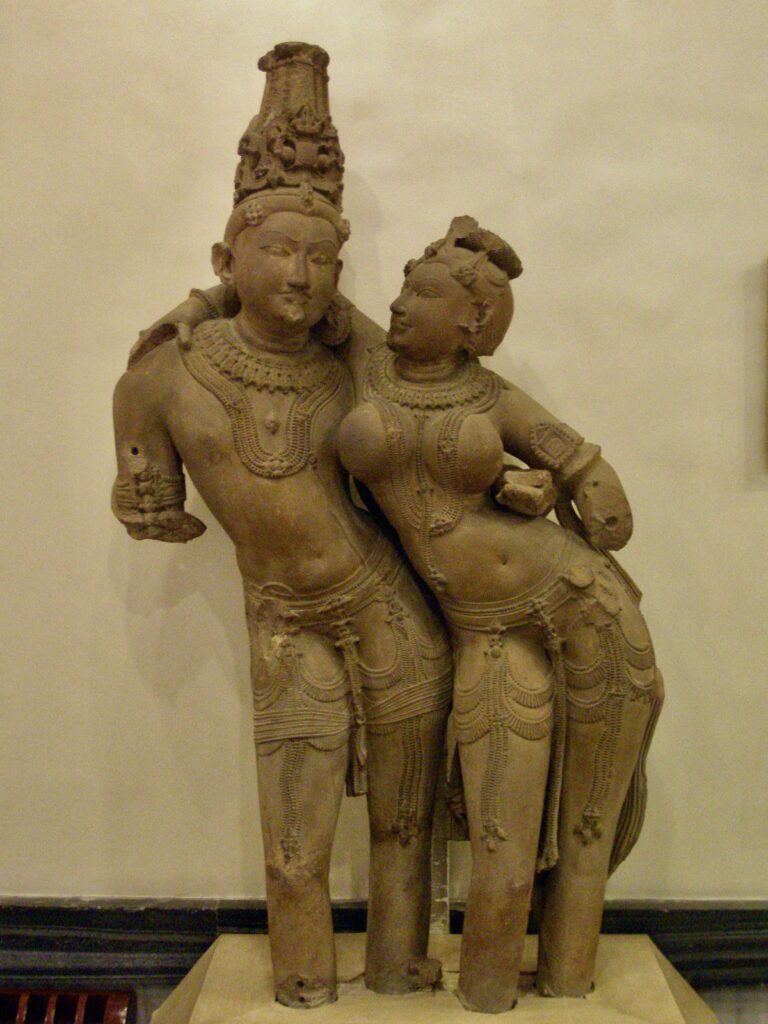
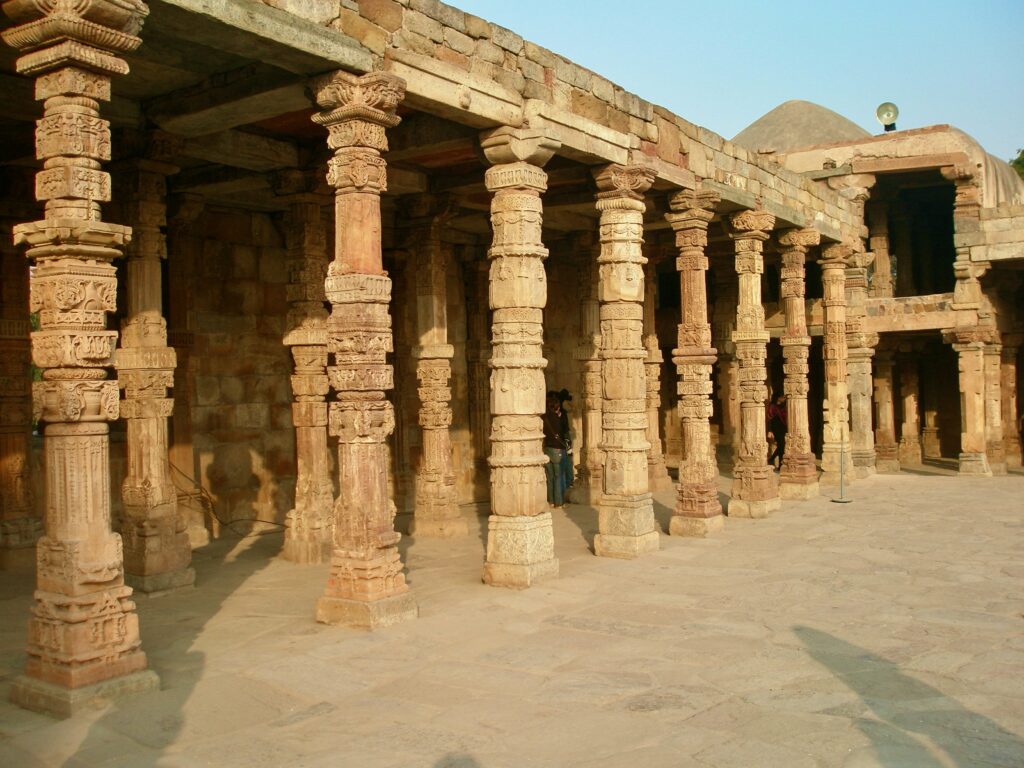
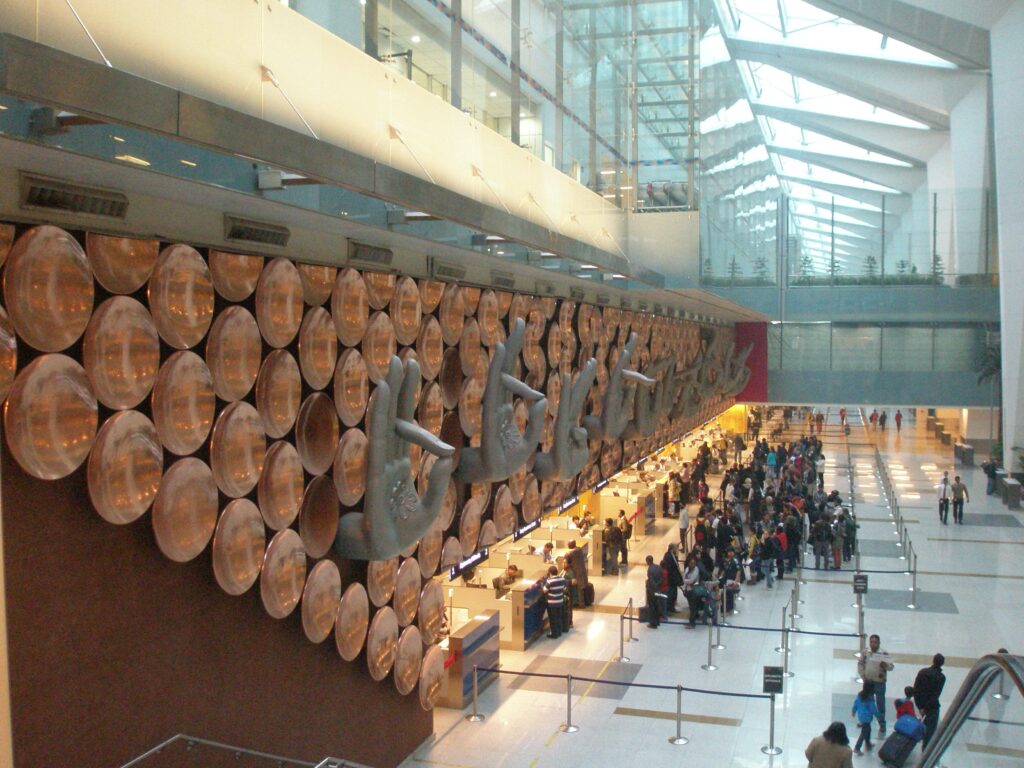

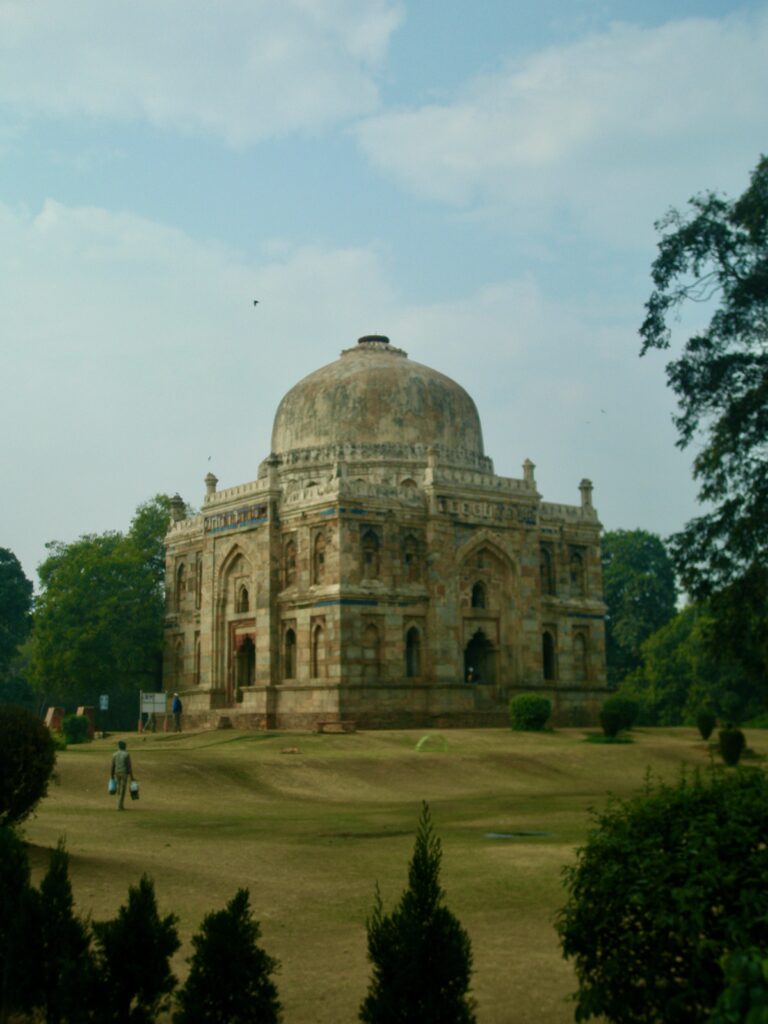
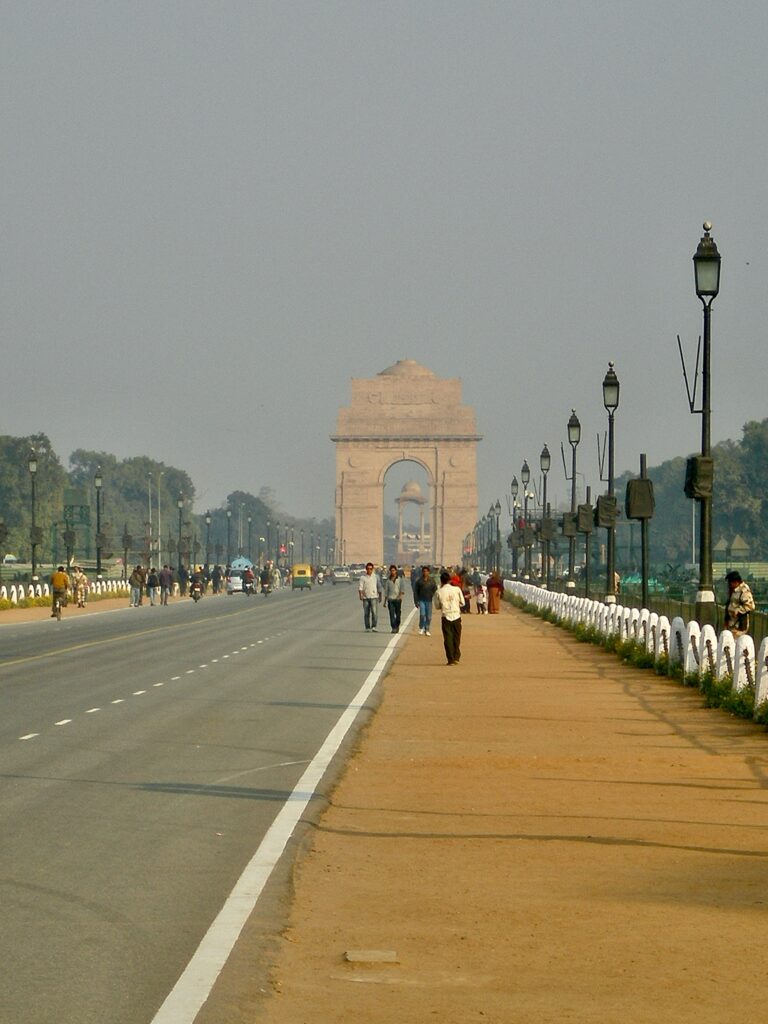
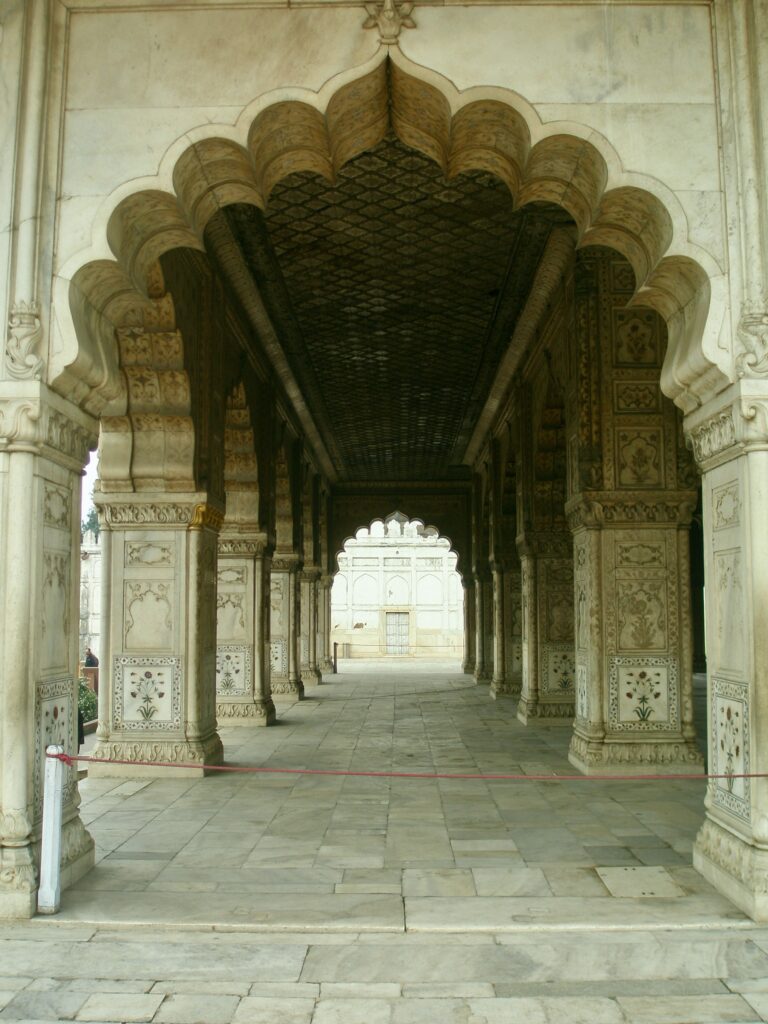

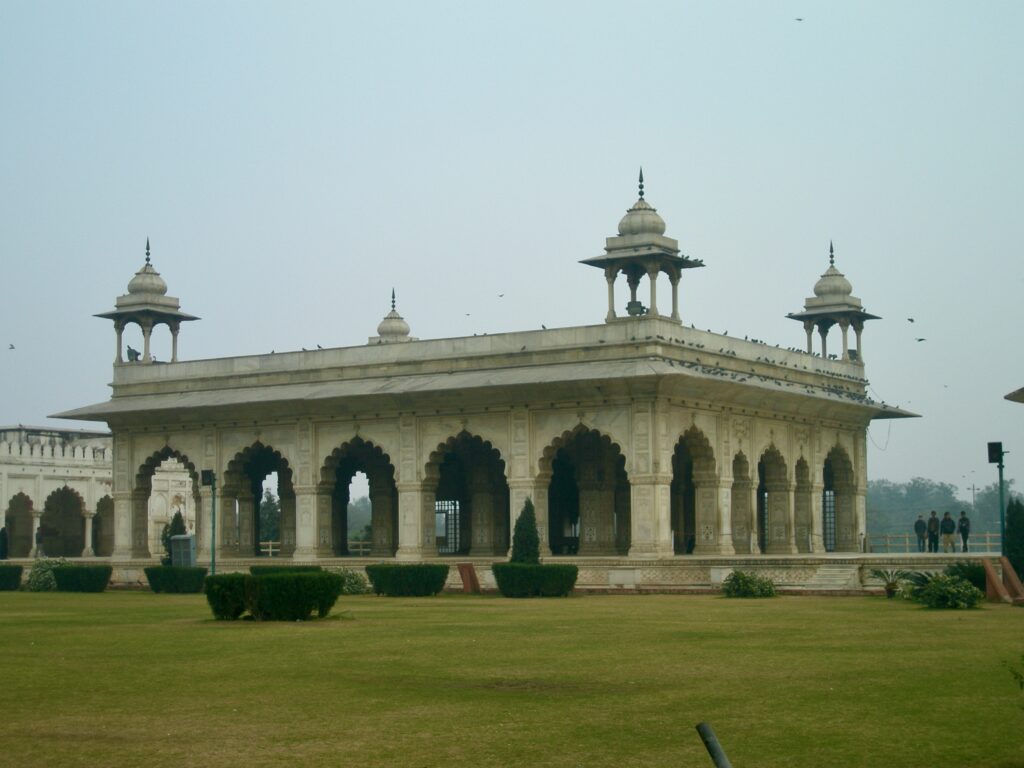

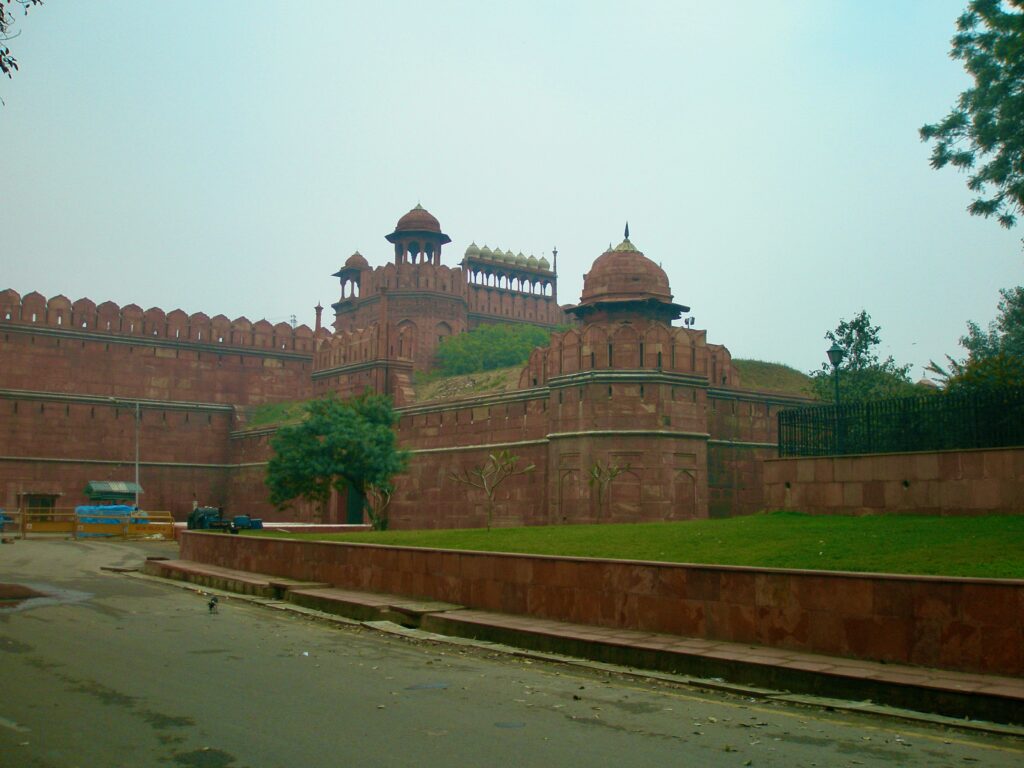
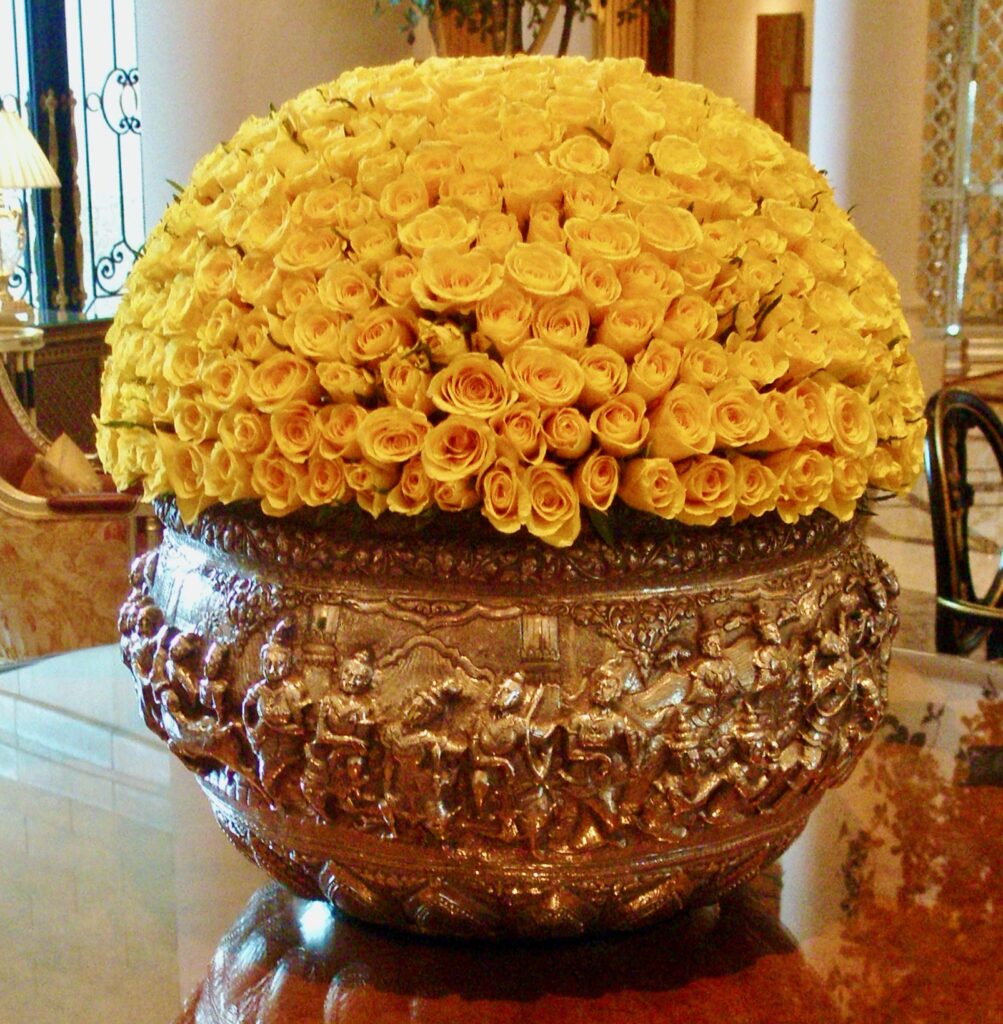
Vadodara
Vadodara (Baroda) is a large, ancient city of over 3 million people, based in Gujarat, in the north east of the country3. It’s a very friendly place, with lots of temples and inequality is not as pronounced as in the capital.





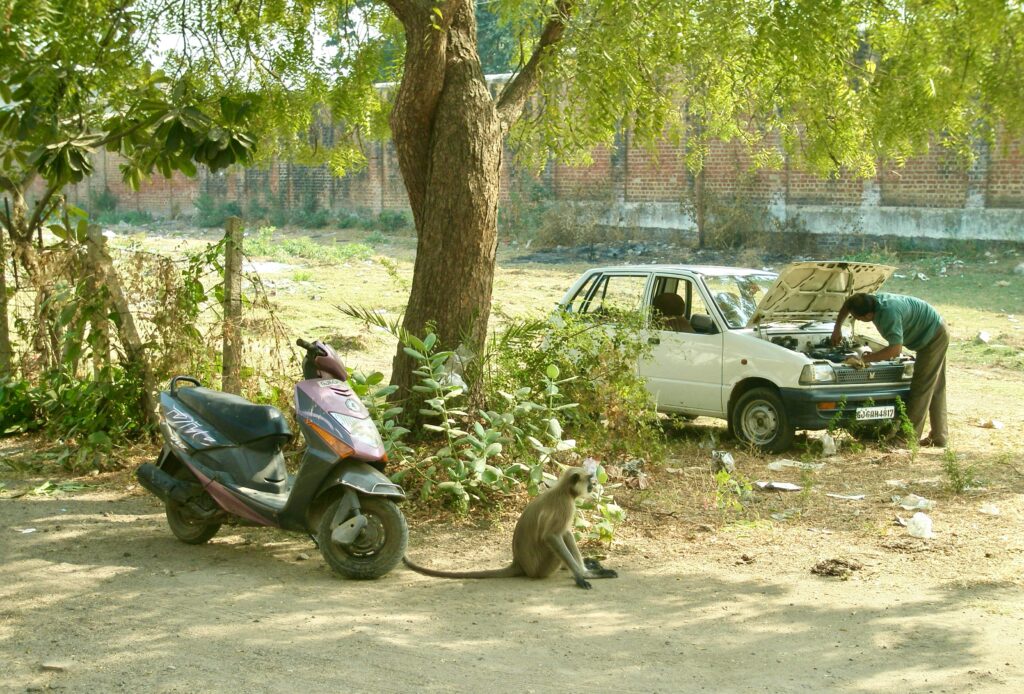
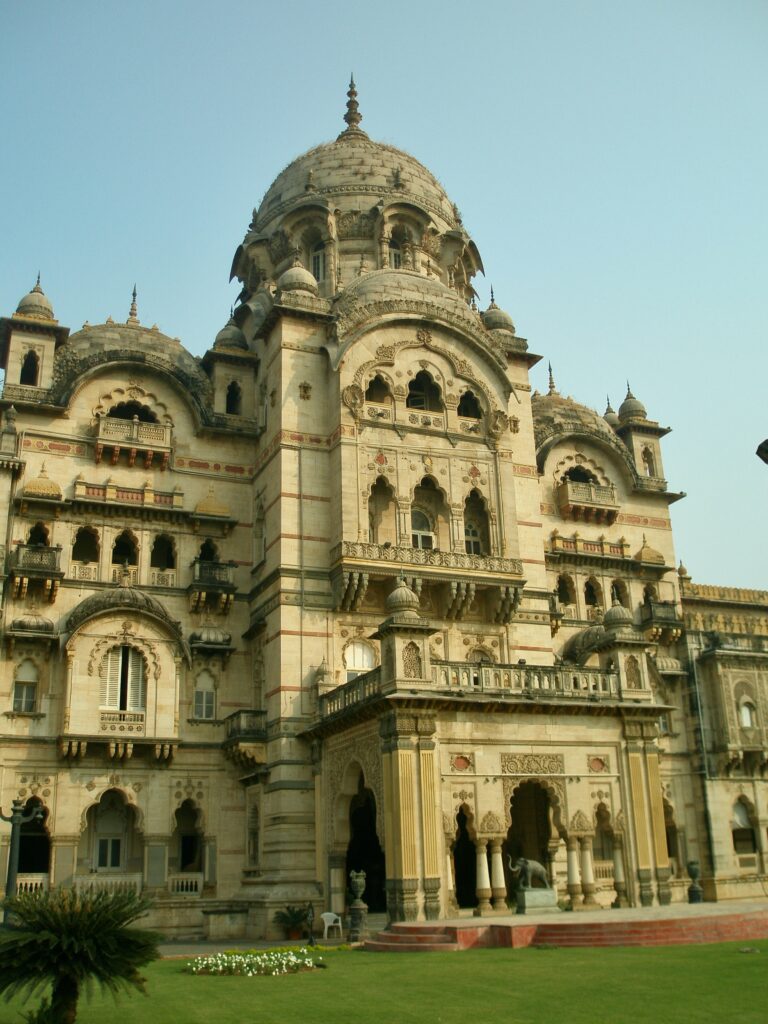
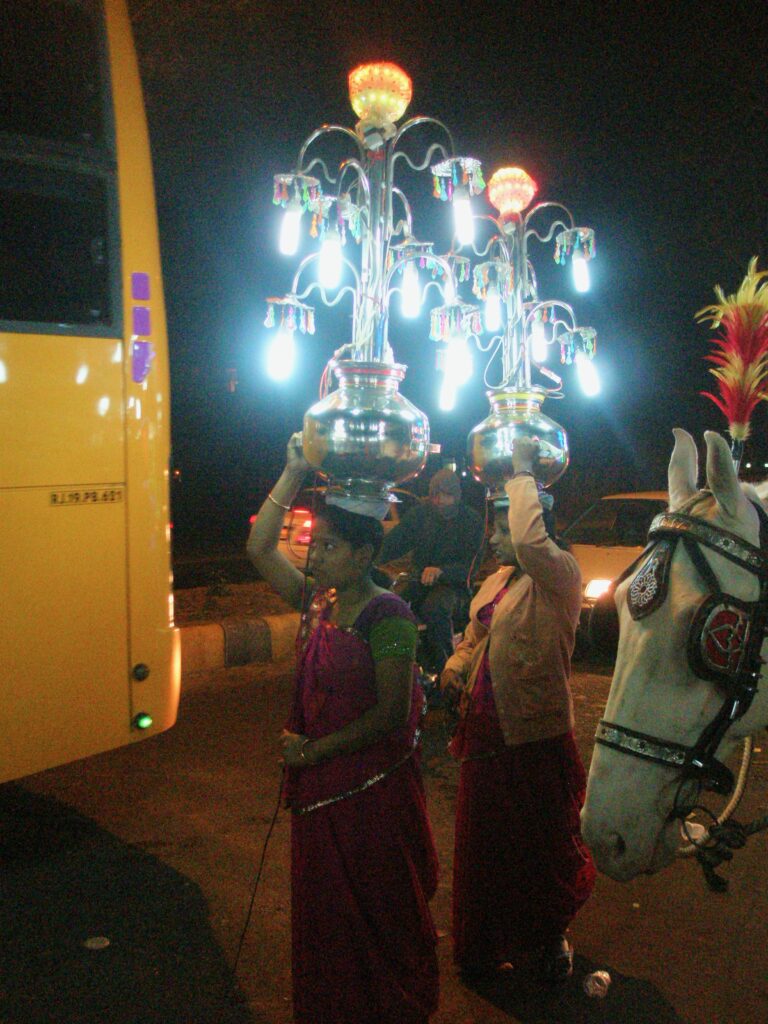

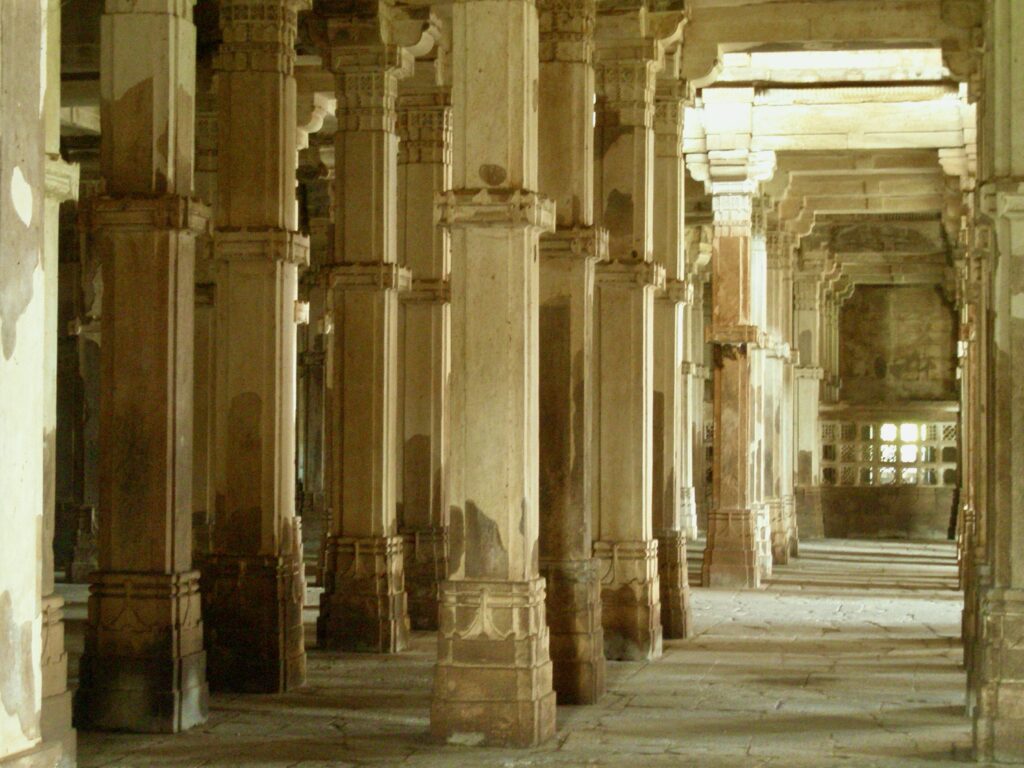
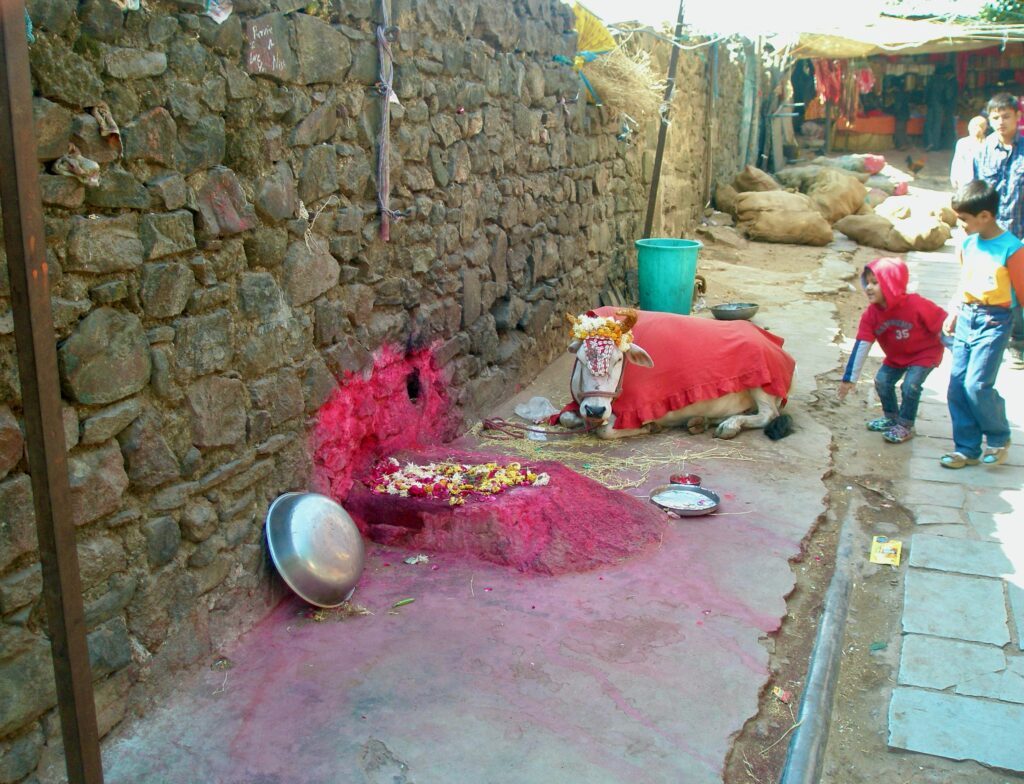

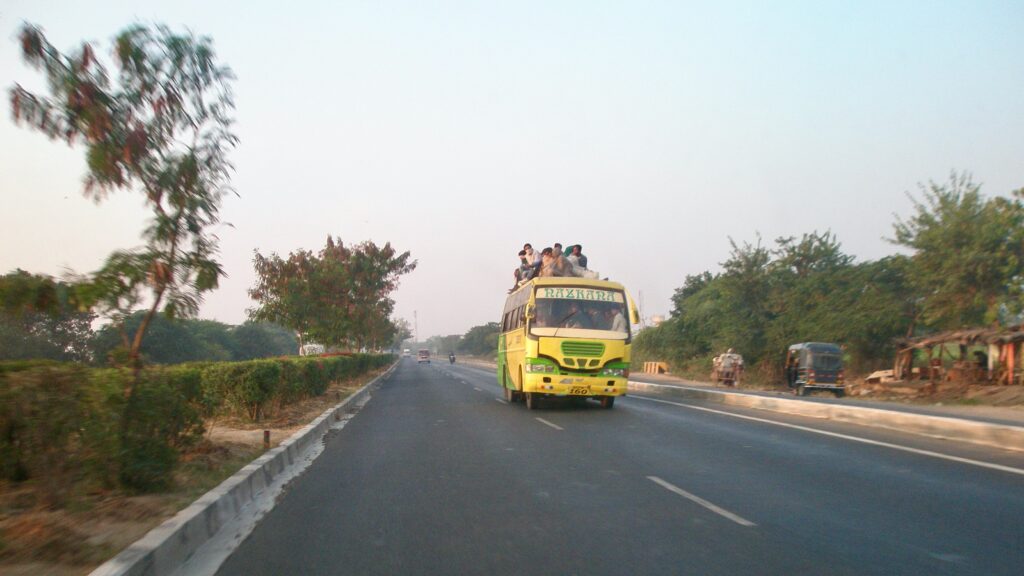



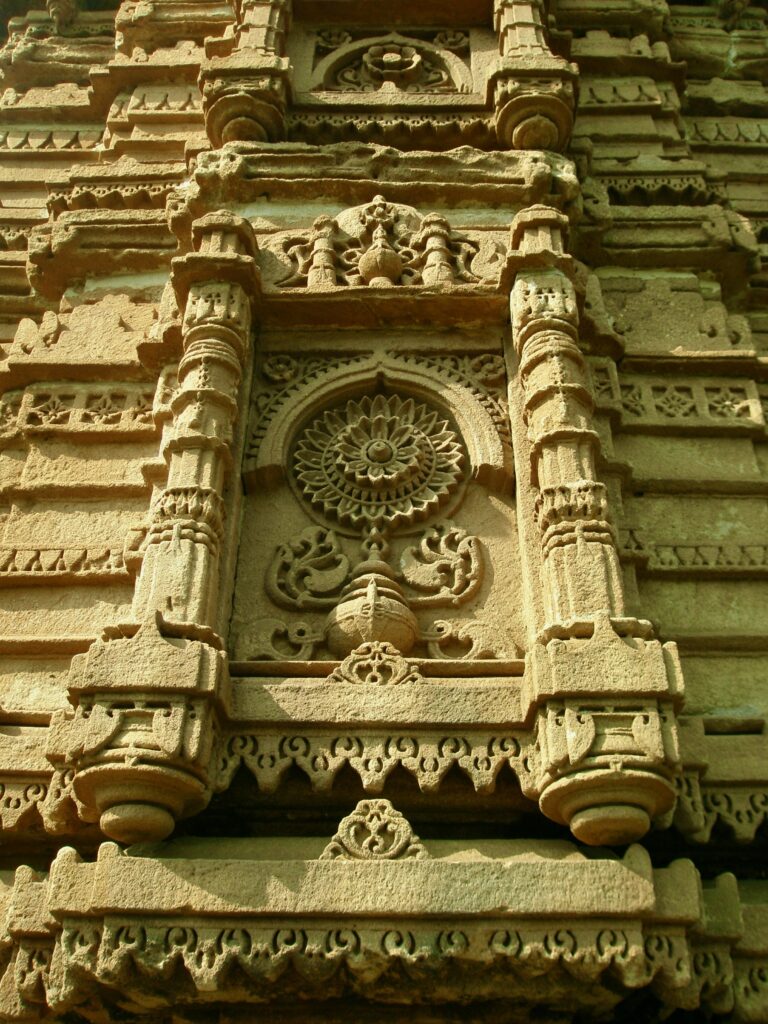
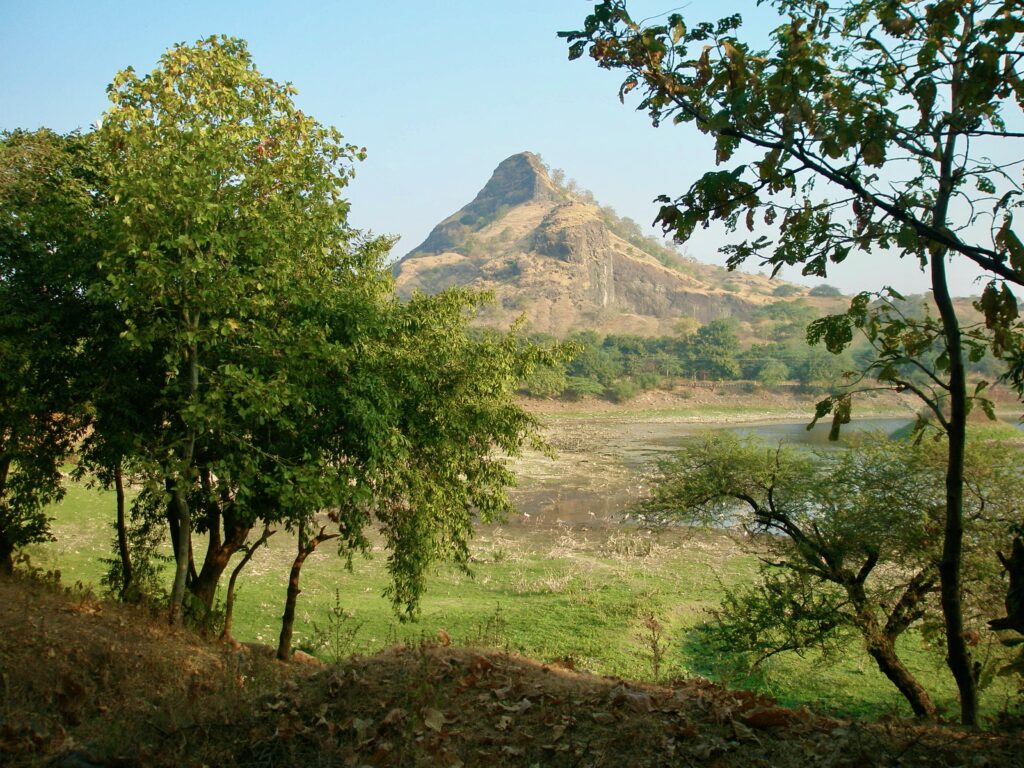


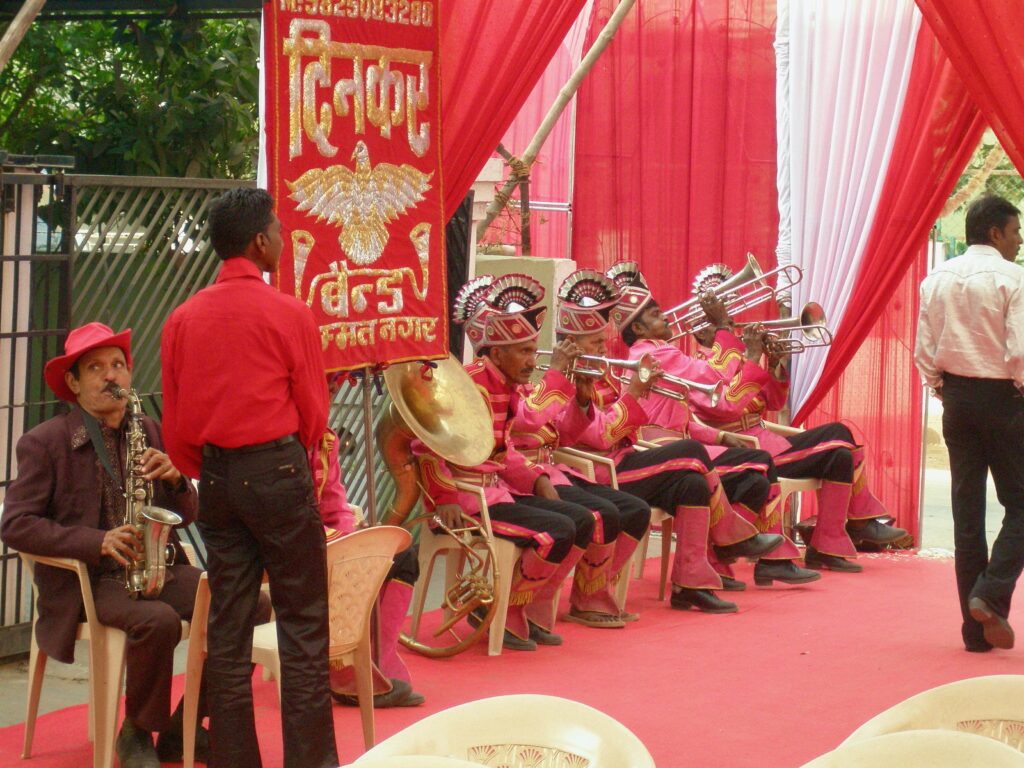
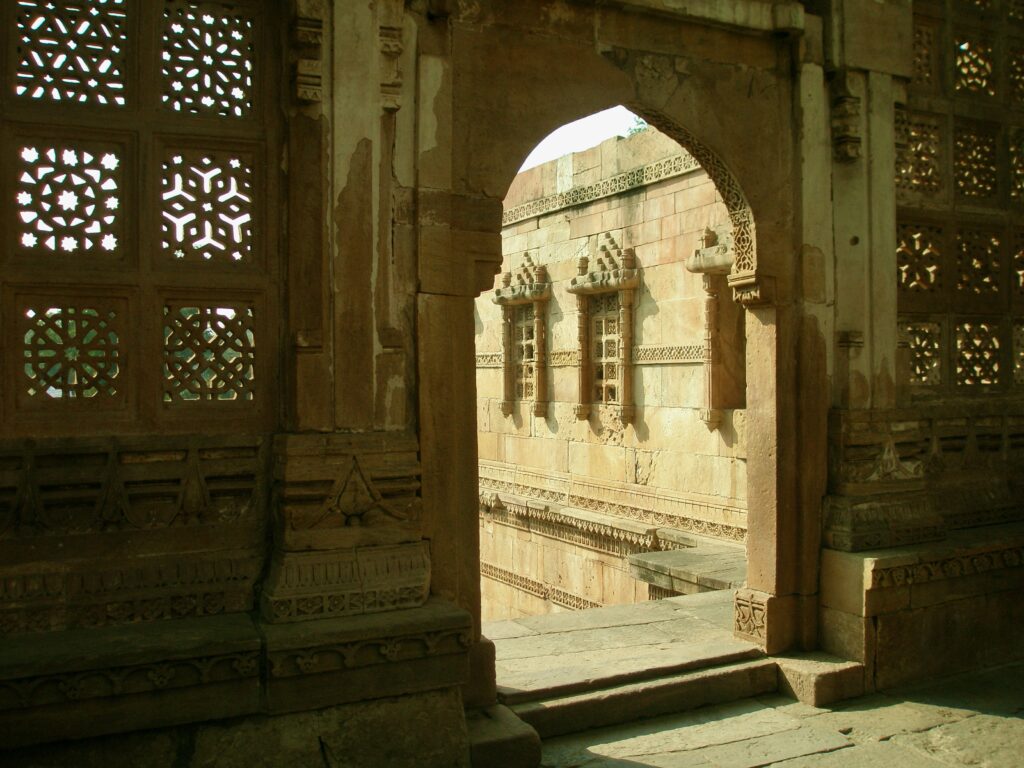
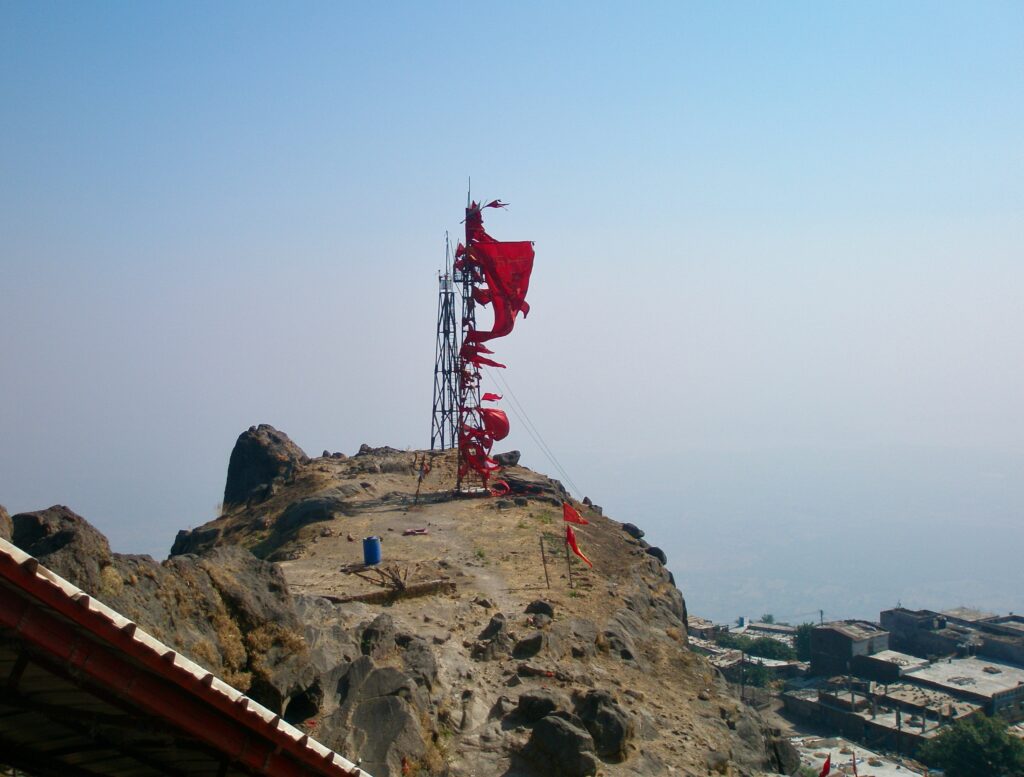
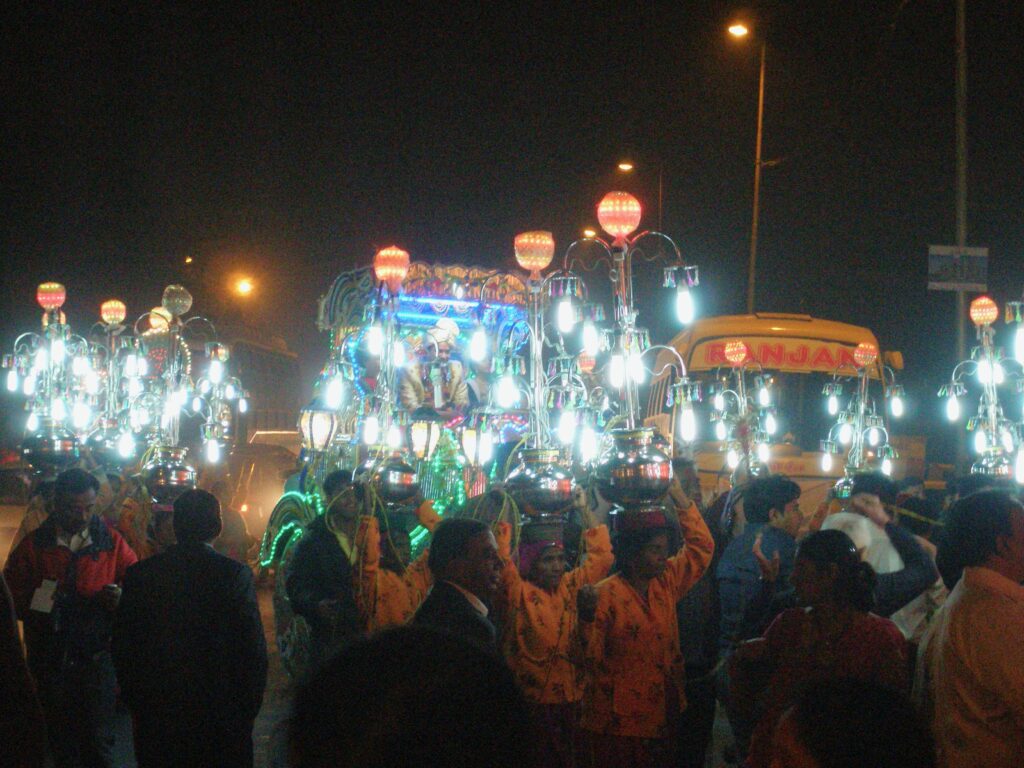
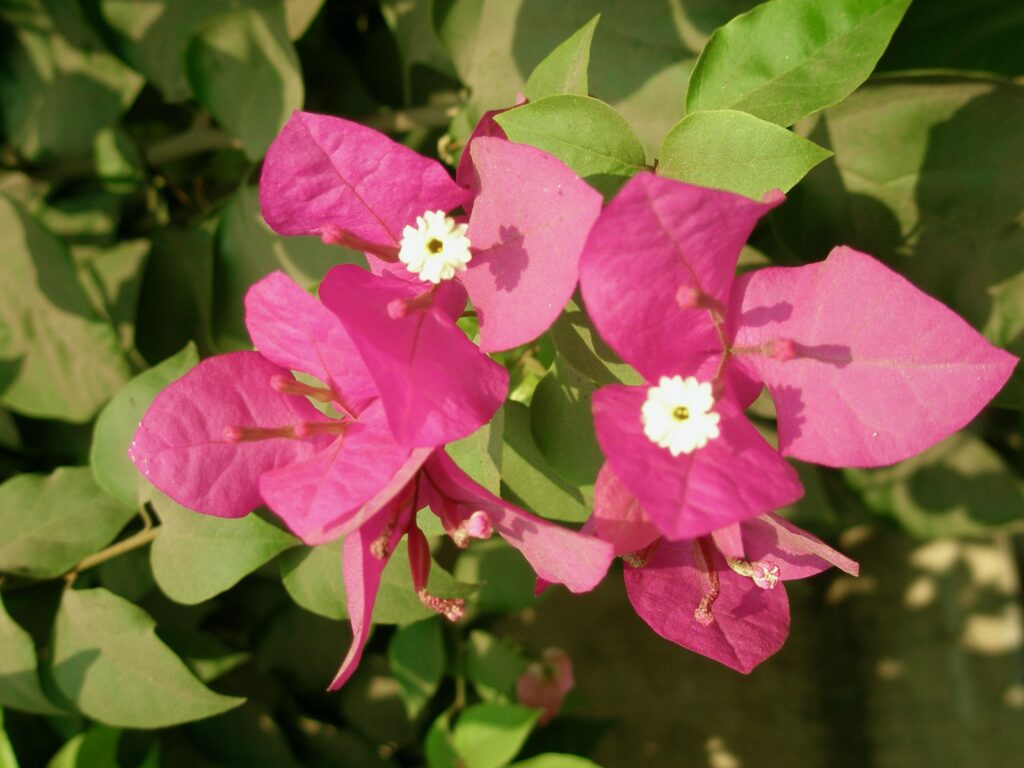
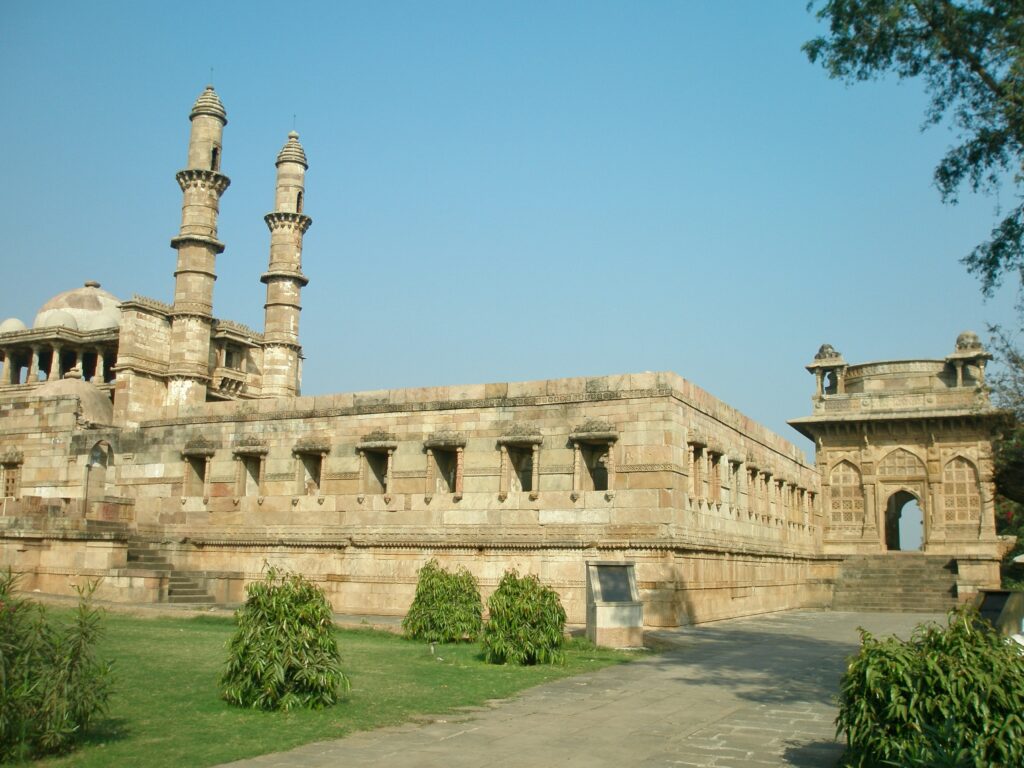
What’s it like to drive in India?
They drive on the left hand side of the road in india. A Carnet de Passages is required to overland in India.
For the most part driving in India is frenetic, life threatening, haphazard, with virtually no attempt to follow any rules at all 🙂 It’s horns-blaring noisy – a cocphhony of sound! It’s jam-packed, cheek-by-jowel, hair-raising travel, where all trust appears to be put in one of the various gods that each driver worships.
People drive the wrong way down roads into oncoming traffic all the time. They also hang off the sides and roofs and sit in the boot of cars. Cars drive on pavements, people walk on roads … it is as chaotic as you can possibly imagine!
Driving at night is ever more dangerous, due to parked or broken down and stationary cars / lorries / buses / tuktuks in the middle of the road without lights. Also pedestrians and many animals (especially cows) work the roads throughout the night. Slow driving is necessary to avoid major accidents.
In case you’re wondering, this is also the case if you are riding in a taxi, bus, tuktuk or any other means of transport. they will cram as many people into every vehicle as is humanly possible – it is a sight to behold. If you’ve never been there, you are in for a treat! We initially felt like, to quote Withnail & I*, ‘we’ve gone on holiday by mistake!‘ It is an experience you will never forget!
That said, travel between the cities is a much less hectic affair due to the decrease in volume of traffic. However, the lack of rules and total chaos does continue regardless 😉
Do you require an international driving permit in India?
We’ve created a dedicated page to driving abroad, which answers this question, and more, which you might find helpful.
Can you use your UK driving license when driving through India?
We’ve created a dedicated page to driving abroad, which answers this question, and more, which you might find helpful.
Do I need a carnet de passages to drive in India?
We’ve created a dedicated page to driving abroad, which answers this question, and more, which you might find helpful.
*In our opinion ‘Withnail & I‘ is one of the best films ever made, and certainly one of the most quotable. If you haven’t seen it, add it to your list!
What currency do they use in India?
In India they use the Indian Rupee. Most payments are in cash. The use of credit / debit cards is fairly widespread in larger hotels, although not in smaller ones. Traveller’s cheques are not widely accepted. There are lots of ATMs.
You should make yourself aware of the amount that your bank charges you for using credit and debit cards abroad. Often credit cards are cheaper for purchasing items directly, and for withdrawing cash from ATMs.
What language do they speak in India?
Hindi is the most widely spoken language – although only about 2 in 5 people speak Hindi. Bengali, Marathi, Telugu, Tamil are also widely spoken. We found that English is also widely spoken.
What time zone is India in?
Remember, when you’re planning your next trip to take a look at what time zone it’s in.
Do I need a visa to visit India?
You need a permit to travel to Sikkim, Arunachal Pradesh, Nagaland and the Andaman and Nicobar Islands. Apply at least 3 months in advance. In India, apply at the liaison office of the state for which you need a permit, or the Foreigners Regional Registration Office.
We’ve created a dedicated, more comprehensive page on visas, which you should find helpful. Check it out!
What plug / socket type do they use in India?
In India they use plug / socket types C, D and M.

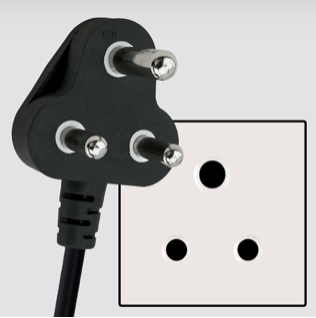
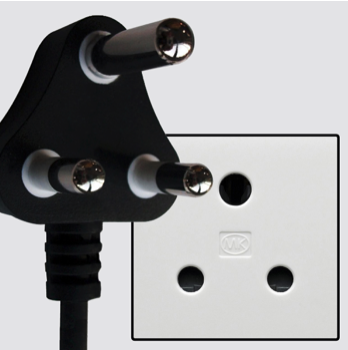
Health issues in India
Is it safe to drink water in India?
No, it is not safe to drink tap water in India. Bottled water is readily available across the country.
What vaccinations are required for India?
This NHS website is kept up to date with all relevant information on vaccinations in India.
Phones in India
What is the country calling code for India?
The country calling code for India is +91
What are the emergency phone numbers in India?
- The emergency number for police in India is: 112 / 100
- In India, the emergency number for ambulance is: 112 / 108
- The emergency number for fire in India is: 112 / 101
If you’ve got some useful info that you’d like to share, let us know!
And don’t forget to check out all the other pictures!
